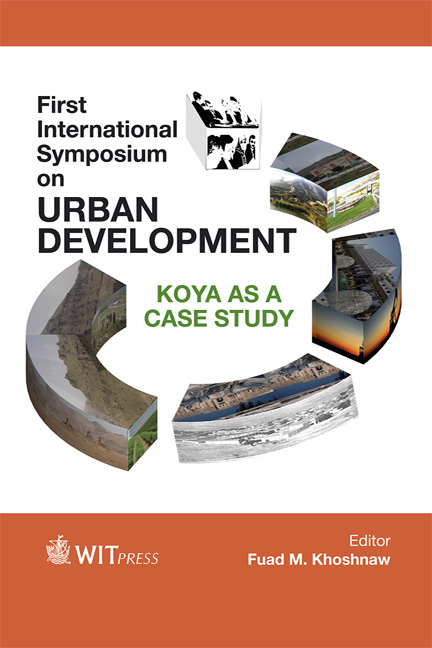Application Of The AERMOD Modeling System For Air Pollution Dispersion In The South Pars Oilfield
Price
Free (open access)
Volume
77
Pages
8
Page Range
339 - 346
Published
2014
Size
474 kb
Paper DOI
10.2495/ISUD130441
Copyright
WIT Press
Author(s)
M. Rouhi, H. Moradi & M. Ghorbani
Abstract
The research presented here represents a segment of a cumulative impact modeling of gas refineries in phases 9 and 10 of South Pars Gas Company (SPGC). It considers point and flare source emissions of sulphur and nitrogen oxides (SO2 and NOx respectively), over an area of about 410 km2. AERMOD ViewTM was used to estimate the maximum potential concentration of these pollutants over 1-h, 3-h, 8-h, 24-h, month and annual averaging periods. Results were compared with air quality standards to assess the potential cumulative effects of these pollutants. Finally, comparison with nearby monitoring data will indicate reasonability of predicted concentrations and usefulness of AERMOD as a tool for approaching the potential cumulative impacts of air pollution from multiple sources. The effects of predicted threshold violations on fragile ecosystems were discussed. The advantage of air pollution modeling is, moreover, when the industries are next to the cities. It makes it possible to know how much of the surface of the cities and how many people are affected by pollutant gases. Also, by overlaying the output maps, it can help us to find the cumulative impacts resulting from different pollution sources as well as synergetic impacts. Keywords: sulphur and nitrogen oxide, AERMOD, air quality standards, South Pars.
Keywords
sulphur and nitrogen oxide, AERMOD, air quality standards, South Pars





